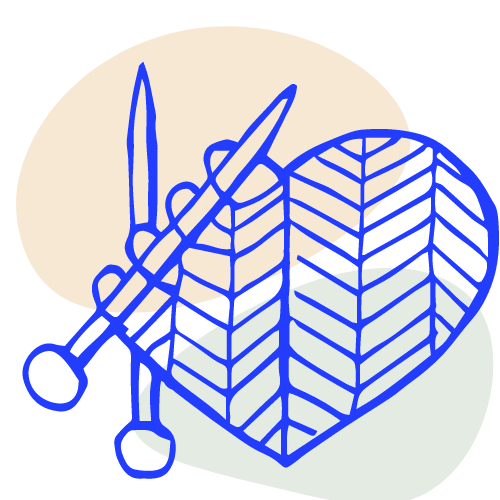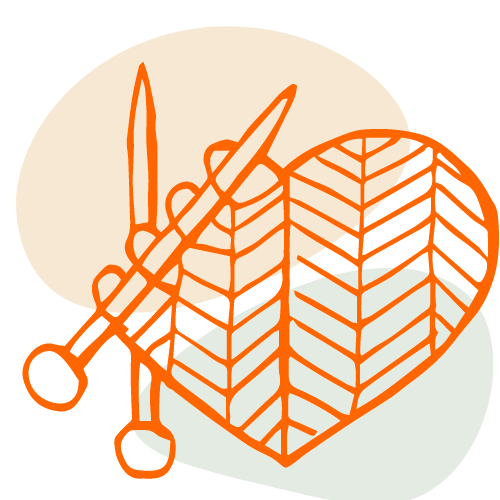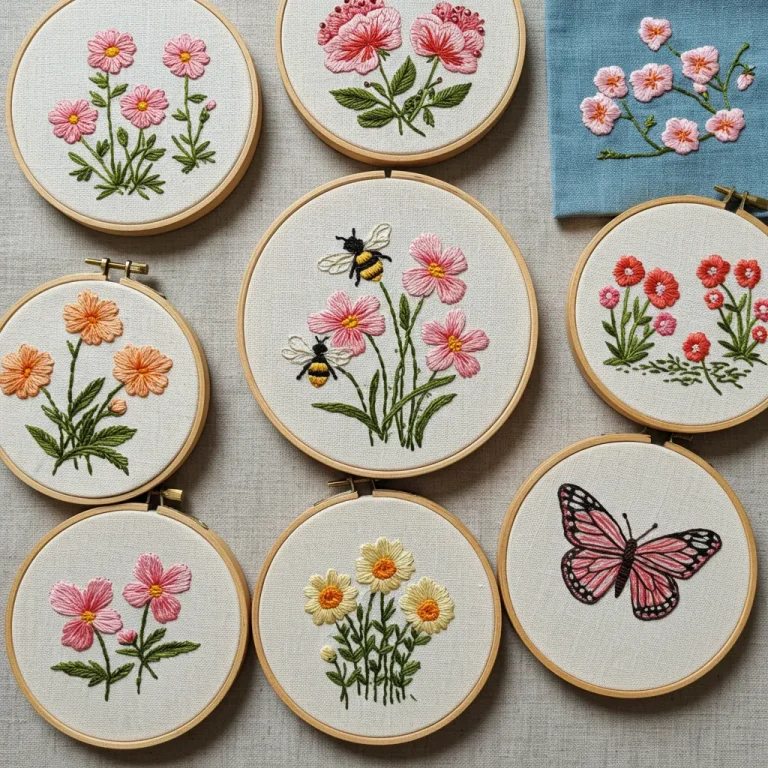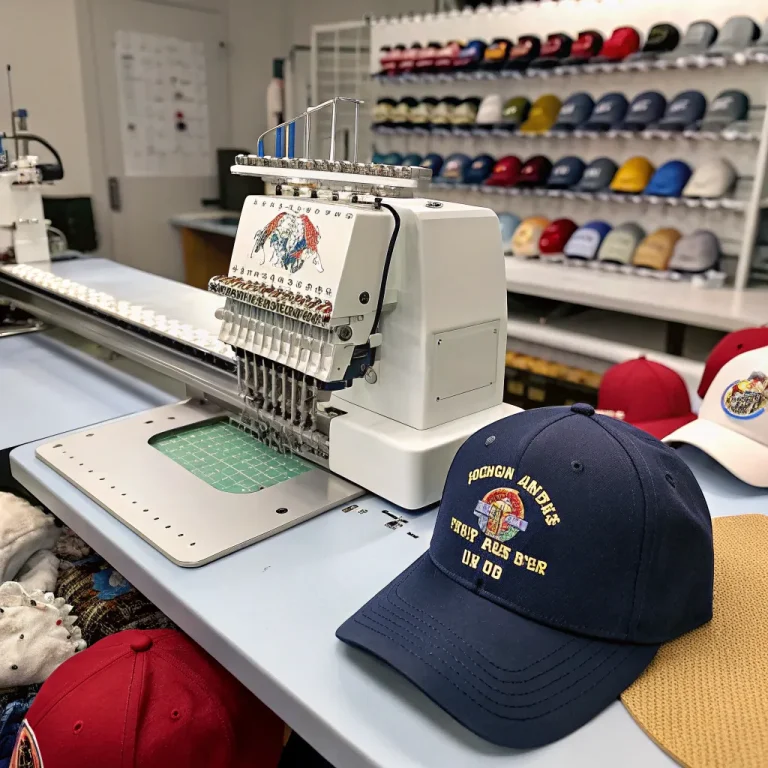Embroidery is a timeless craft that allows for endless creativity, and the possibilities for customization are virtually limitless. One of the key components in embroidery is choosing the right base material—embroidery blanks. These blanks are the foundation on which your embroidery designs will come to life, and selecting the right ones is crucial for achieving the best results.
Whether you’re a seasoned professional or a beginner, understanding embroidery blanks is essential to ensure your designs not only look great but also last. In this guide, we’ll explore what embroidery blanks are, the types available, and how to choose the right one for your project.
What Are Embroidery Blanks?
Embroidery blanks refer to pre-made, unembroidered items—such as clothing, accessories, or home decor—that serve as the canvas for your embroidery work. These blanks come in a variety of shapes, sizes, and materials, and they are specifically designed to be easily embroidered on with a sewing or embroidery machine.
The key to a successful embroidery project lies in the blank you choose. It needs to be suitable for your design and stitching technique, as well as durable enough to handle the type of embroidery thread you’re using. Choosing the right blank ensures that your embroidery will be crisp, clean, and long-lasting.
Common Types of Embroidery Blanks
Embroidery blanks come in many forms, and the type you choose depends on your project. Here are some of the most popular types:
- Shirts and Apparel
T-shirts, hoodies, sweatshirts, and polos are some of the most common apparel blanks used in embroidery. These items are available in a wide variety of fabrics such as cotton, polyester, and blends. When choosing an apparel blank for embroidery, it’s important to consider the weight and stretch of the fabric. Fabrics like cotton and polyester are great for most embroidery techniques, while stretchy fabrics like spandex require a ballpoint needle to prevent snags. - Hats and Caps
Embroidering on hats requires a specific type of blank designed to fit well in an embroidery machine’s cap hoop. These hats typically have a structured or unstructured design and are made from materials like cotton, wool, or a polyester blend. Cap blanks are often pre-made with adjustable straps, ensuring a snug fit, making them easy to embroider on for customization with logos or text. - Towels
Embroidering on towels is a popular choice for personalized gifts or promotional items. These embroidery blanks come in a range of sizes, including hand towels, bath towels, and beach towels. Towels are made from absorbent fabrics like cotton terry cloth, which work well for embroidery due to their soft texture and ability to hold detailed stitches. It’s crucial to choose a towel with a smooth surface to avoid the stitches from getting lost in the loops of the fabric. - Bags and Pouches
Embroidery blanks in the form of bags, tote bags, cosmetic pouches, and backpacks are a favorite among crafters and businesses. These blanks come in various fabrics, such as canvas, linen, and faux leather, and provide a durable surface for embroidery designs. Bags offer ample space for large logos or detailed designs, and their popularity for both personal and business purposes makes them highly sought after. - Blankets and Quilts
Blankets, quilts, and throws make for excellent embroidery blanks. They are often made from cotton, fleece, or a blend of polyester and cotton. These items are perfect for personalization with names, monograms, or decorative designs. Since blankets and quilts can vary in thickness, it’s important to choose embroidery needles and thread that suit the fabric’s weight. - Pillows and Cushions
Embroidering on pillowcases and cushions allows for stylish home decor projects. These embroidery blanks come in various materials such as cotton, linen, and velvet, making them suitable for a range of embroidery techniques. The soft fabric of these blanks is perfect for adding intricate designs or monogramming. - Aprons and Kitchenware
Aprons, oven mitts, and kitchen towels are popular embroidery blanks for home-based businesses or personalized gifts. These items are typically made from cotton or polyester blends, providing an ideal base for machine embroidery. They’re easy to work with and make for highly practical and personal gifts. - Baby Items
Baby bibs, onesies, blankets, and other baby clothing make for sweet embroidery projects. Since these items are made from soft fabrics like cotton, they’re easy to embroider on, and designs can range from playful animals to cute monograms. These blanks are often small, making them perfect for beginners or quick projects.
How to Choose the Right Embroidery Blank
Selecting the appropriate embroidery blank is crucial for the overall success of your project. Here are some factors to consider when choosing your blank:
- Fabric Type
Different fabrics behave differently under embroidery needles, so choosing a fabric that suits your embroidery design is important. Lightweight fabrics like cotton are ideal for detailed embroidery, while heavier fabrics like denim may require a sturdier needle. Consider the fabric’s texture, weight, and stretchability. - Design Size and Placement
Think about the size of your design and where you want it placed on the blank. Large designs work well on areas like the back of a jacket or the center of a pillow. Smaller designs are better suited for areas like the chest of a shirt or a corner of a towel. - Stitch Density
Some blanks, especially textured fabrics like towels, require careful consideration of stitch density. Too many stitches can cause the fabric to pucker or distort. For highly textured fabrics, use a lower stitch count to ensure that the design remains clear and crisp. - Stability and Stretch
Choose embroidery blanks with stable fibers that won’t stretch or shift too much under the embroidery machine. Stretchy fabrics like spandex may require stabilizers or special needles to ensure the design remains crisp and accurate. Consider the stability of the fabric, especially if you plan on using a lot of detail in your design. - Color and Durability
Think about the color of your embroidery blank and how it will contrast with your thread. Lighter-colored blanks work well with dark threads, and vice versa. Durability is also key, especially if the item will undergo frequent washing, like towels or baby clothes. Choose high-quality blanks that are designed to withstand wear and tear.
Where to Buy Embroidery Blanks
You can find embroidery blanks at a variety of craft stores, both in-person and online. Some specialized embroidery supply stores offer a wide selection of high-quality blanks for every type of project, from apparel to home goods. Websites like Etsy, Amazon, and specialty embroidery retailers also offer a range of embroidery blanks that can be customized according to your needs.
Conclusion
Embroidery blanks are the foundation of any successful embroidery project. Whether you’re customizing apparel, accessories, or home decor, choosing the right blank is key to achieving a polished and professional result. With the variety of blanks available—ranging from shirts and hats to towels and bags—there are endless opportunities to create personalized, one-of-a-kind pieces. By understanding the materials, sizes, and features of each type of embroidery blank, you’ll be well on your way to mastering the craft of embroidery.
Happy stitching!
Choosing the Right Embroidery Machine for Hats: A Complete Guide




